Sanyo Katana II Review

The Sanyo Katana-II is an update to the original Katana, which was introduced by Sprint last year. Even though the features have remained the same, the Katana-II has been redesigned to be more fashionable and pleasing to the eye. The Katana-II is considered an entry-level phone and lacks some of the more advanced features of the Katana DLX, such as a MicroSD card slot. It is targeted to consumers that are looking for a basic cell phone, such as teens, without spending a lot of money. The retail package includes the Katana-II phone, 820mAh battery, wall charger, and user manual.
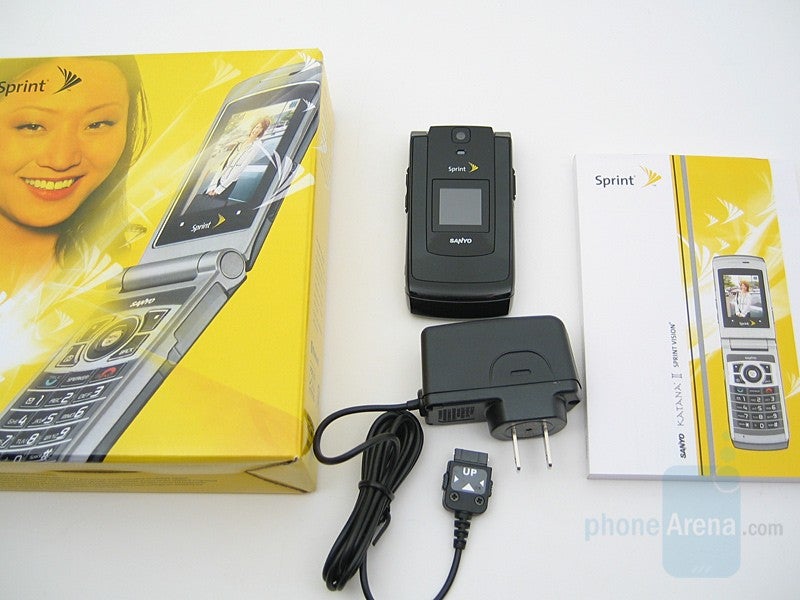
Despite the phone not being a higher end model, the overall plastic construction feels sturdy and well made, unlike the Razr V3m, and is available in a choice of three colors (Black, Pink, and Midnight Steel). When opening the flip, the hinge feels secure and clicks into place.
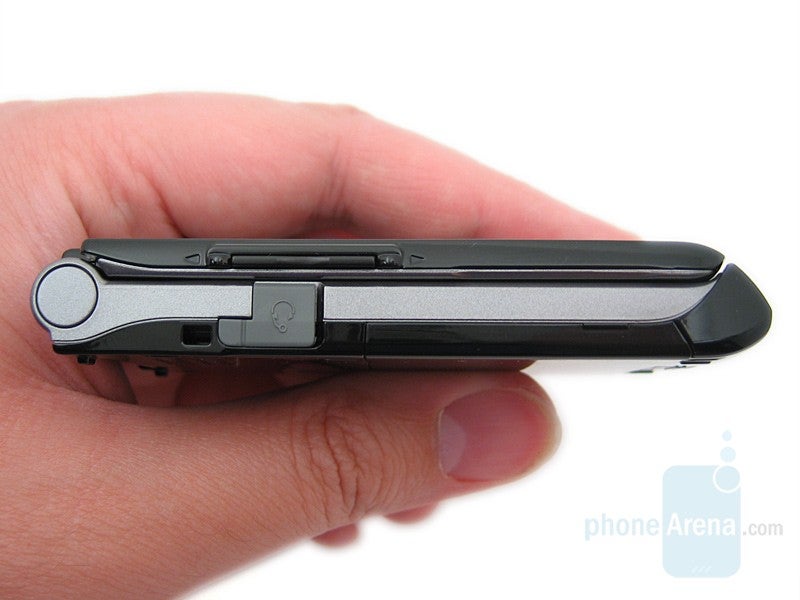
The external display is a small 128x160 pixel 65K Color TFT, which is only large enough to see the status icons along with the date & time. The internal screen is a much larger 240x320 pixel 65K color QVGA TFT, which displays images and text with good quality and color. Unfortunately, both screens are difficult to view while in direct sunlight. The blue-backlit keypad is laid out well, with large buttons and adequate space between them. We had no problems using the navigational pad to select menu options, while the numeric keys are easy to use for dialing and text messaging. The buttons provide a good “click” when pressed, but they are made out of smooth plastic, which provides no tactile feel to the surface. Because of this, dialing by touch alone can be challenging.
| Model | Dimension (Inches) | Dimension (mm) | Weight (oz) | Weight (Gramms) |
 Sanyo Katana II Sanyo Katana II | 3.70" x 1.90" x 0.60" | 94 x 48 x 15 | 3.10 | 88 |
 Sanyo Katana DLX Sanyo Katana DLX | 3.70" x 1.90" x 0.60" | 94 x 48 x 15 | 3.50 | 92.2 |
 Sanyo Katana Sanyo Katana | 3.88" x 2.02" x 0.58" | 98.5 x 51 x 15 | 3,40 | 96 |
Software / Features:
The main menu is categorized into nine sections (Call History, Messaging, Tools, Web, Missed Alerts, Contacts, Pictures, My Content, and Settings), and it is easy to navigate between them. The interface works well, is fast and responsive; yet is it not as customizable as the DLX.
The Phonebook is only capable of storing up to 300 contacts, which is less than some other phones allow. Adding a phonebook entry is simple, with each contact allowing you to enter in the name, 7 numbers, 2 E-Mail addresses, web site, group, ringtone, street address, memo, and picture. Ringer ID and Picture ID is useful and fun way for identifying callers.
A basic VGA camera is built into the phone, but the quality of the images are poor and lacking in detail and accurate color representation. The pricier Katana DLX does capture better quality images, however neither phone is going to replace a standard digital camera.
Sample images:
Performance:
The Katana-II utilizes Java for its applications and comes preloaded with five games (Midnight Pool, Ms Pac Man, Rollercoaster Rush, Tetris, and World Series Poker) as well as Instant Messaging services for AOL, Microsoft, and Yahoo. Applications startup within a few seconds and are quite stable, with additional programs being able to be downloaded directly from Sprint.
Reception and Sound Quality are the two main strong points of the Katana-II. When compared to the higher priced DLX, both Katana models haves excellent reception and maintain a strong signal even in fringe areas, where the Samsung UpStage could not.
The sound quality through the earpiece was clear and lacked any interference or static. Using the speakerphone also provided good quality, as long as the volume was not turned up to Level 8. In doing so, there would be some noticeable distortion in the rear speakers, which the DLX did not have. When paired with our Jabra v250 headset, we were able to achieve static-free calls up to 20 feet away. Ringtone quality was also good and can be played quite loud through the rear speaker.
Sanyo rates the included 820mAh battery to have 3.5Hr of continues talk time on a full charge (standby time is not provided). Our tests revealed 2.5Hr of Talk Time or 4 Days of Standby time. Because of the smaller battery and lower talk time, we would recommend charging the phone nightly, or purchasing the Extended Battery, which would provide for additional talk and standby time.
Conclusion:
The Katana-II is a modest upgrade from the original Katana model, with a change in styling being the main difference. Since this device’s primary function is as a cell phone, we are pleased that the reception and call quality was top-notch, with no audible static or interference. The phone is constructed well and should hold up to everyday use. The external display is smaller than we would have liked, but the quality of the internal display more than makes up for it. Overall, we are pleased with the Katana-II and feel that its current entry-level price is well worth it, but if you are interested in having more features, then you need to step-up to the DLX.
The Katana-II utilizes Java for its applications and comes preloaded with five games (Midnight Pool, Ms Pac Man, Rollercoaster Rush, Tetris, and World Series Poker) as well as Instant Messaging services for AOL, Microsoft, and Yahoo. Applications startup within a few seconds and are quite stable, with additional programs being able to be downloaded directly from Sprint.
Sanyo rates the included 820mAh battery to have 3.5Hr of continues talk time on a full charge (standby time is not provided). Our tests revealed 2.5Hr of Talk Time or 4 Days of Standby time. Because of the smaller battery and lower talk time, we would recommend charging the phone nightly, or purchasing the Extended Battery, which would provide for additional talk and standby time.
The Katana-II is a modest upgrade from the original Katana model, with a change in styling being the main difference. Since this device’s primary function is as a cell phone, we are pleased that the reception and call quality was top-notch, with no audible static or interference. The phone is constructed well and should hold up to everyday use. The external display is smaller than we would have liked, but the quality of the internal display more than makes up for it. Overall, we are pleased with the Katana-II and feel that its current entry-level price is well worth it, but if you are interested in having more features, then you need to step-up to the DLX.
Follow us on Google News

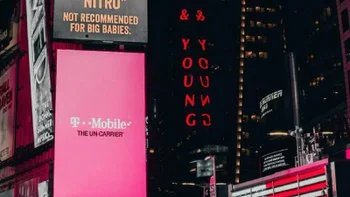
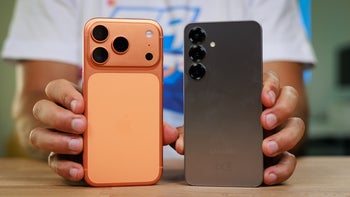
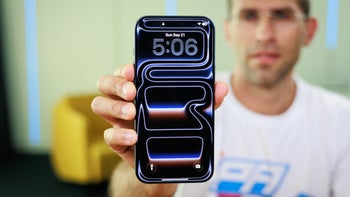
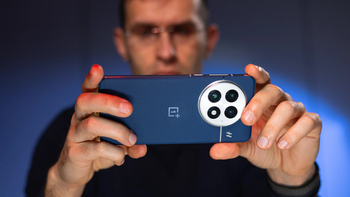
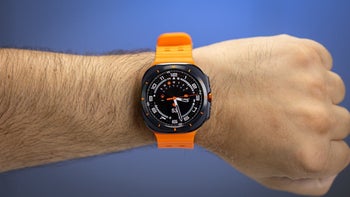
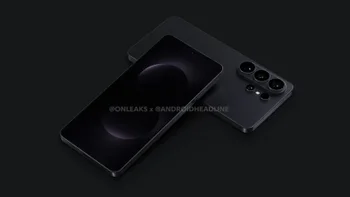
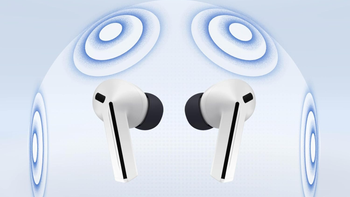
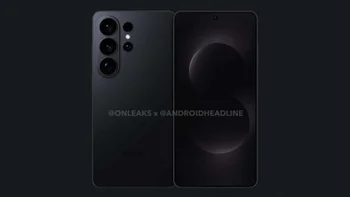

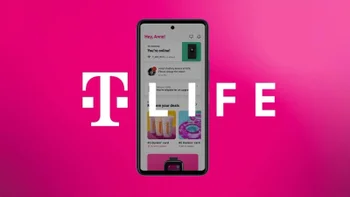

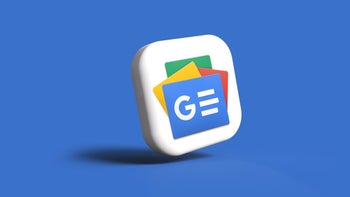
Things that are NOT allowed:
To help keep our community safe and free from spam, we apply temporary limits to newly created accounts: